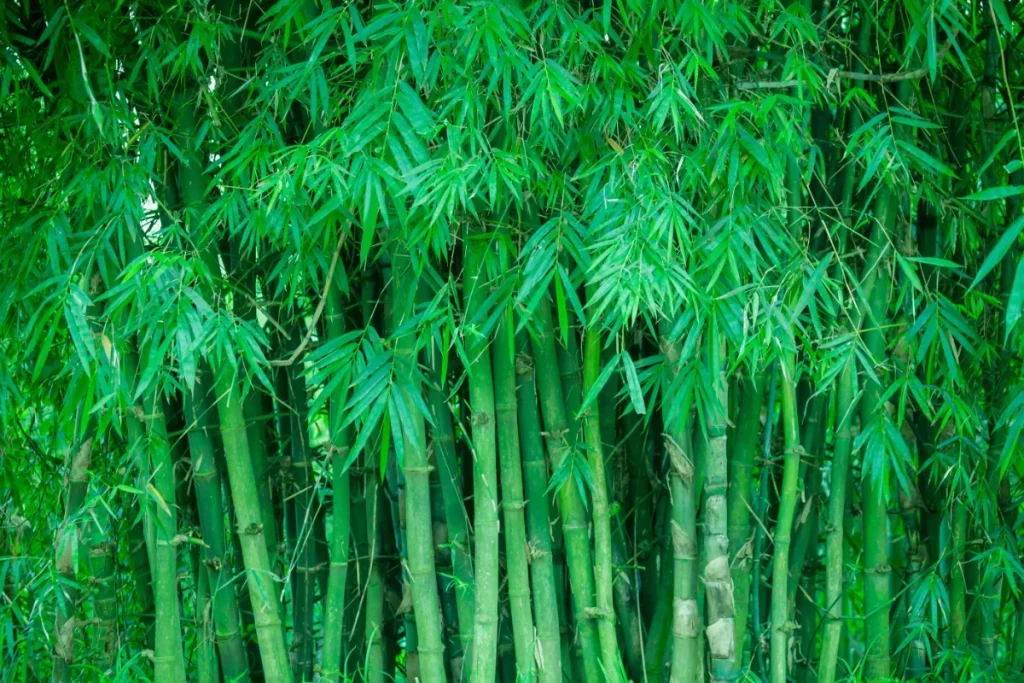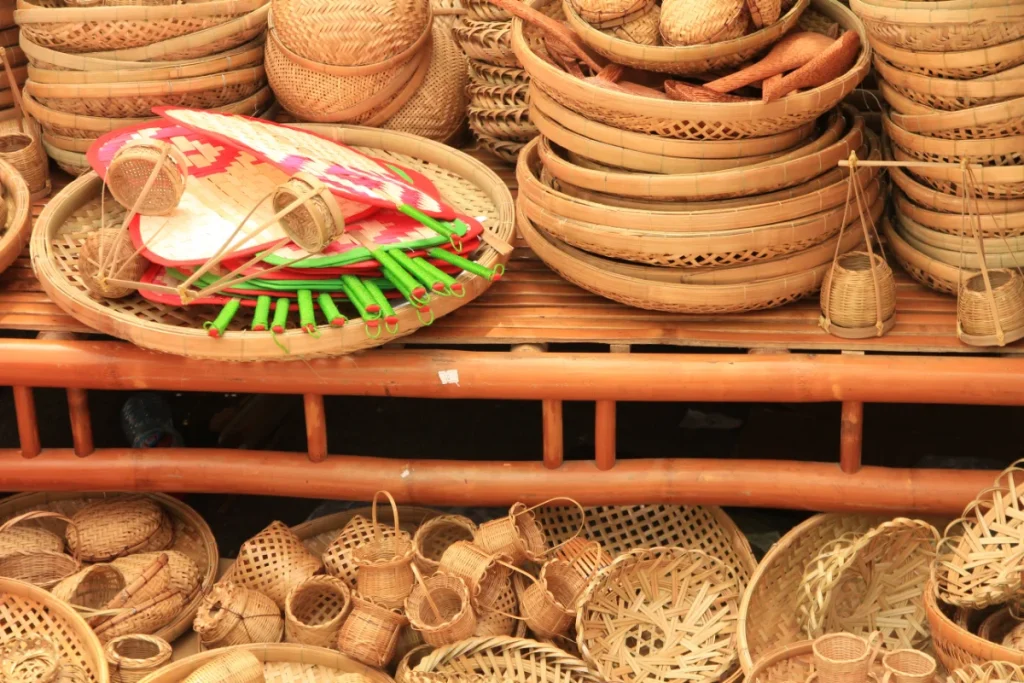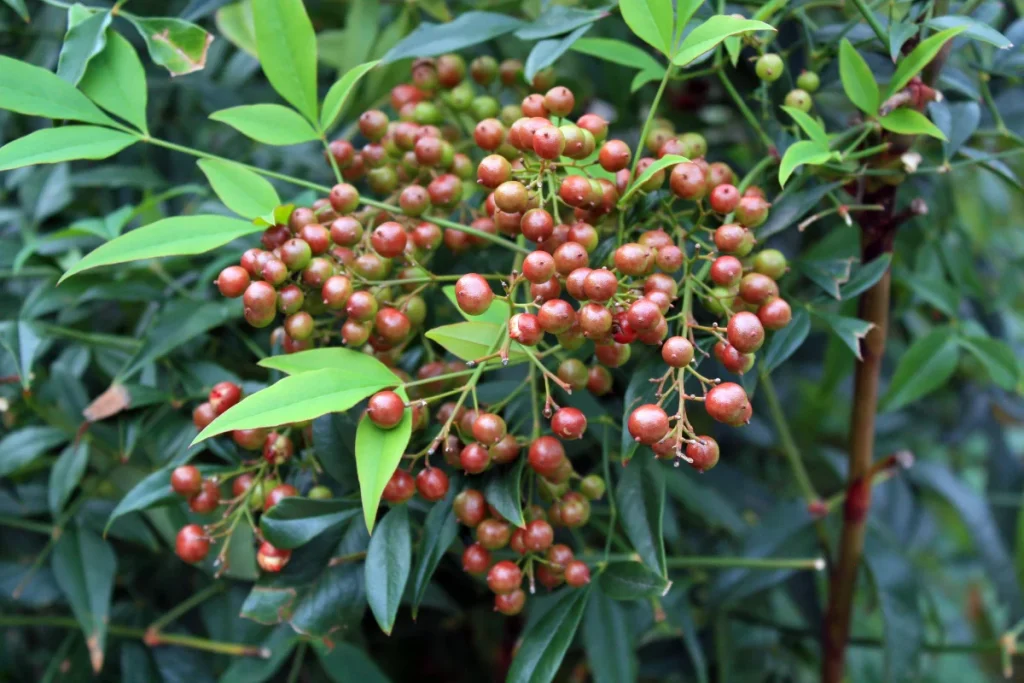
Bamboo Paper: A Greener Choice Compared to Traditional Paper
In today’s world, where people are becoming increasingly aware of environmental issues, it is more important than ever to make sustainable choices. One such choice that is gaining popularity is the use of bamboo paper. In this age of environmental consciousness, bamboo paper is emerging as a unique and forward-thinking alternative to traditional wood-based paper products.
The utilization of bamboo, with its remarkable sustainability and rapid growth, introduces a groundbreaking paradigm in paper production. The story of bamboo paper is one not just about innovation but a testament to the harmonious coexistence of practicality and environmental stewardship, marking a transformative milestone in the journey toward a more sustainable future.
What is Bamboo Paper?
It refers to paper that is primarily made from bamboo fibres. Bamboo is a fast-growing, renewable resource that has gained popularity as an alternative raw material for paper production due to its sustainability and environmental benefits.
Types of Bamboo Paper
Bamboo paper comes in various types, each tailored to specific uses and preferences. These types include:
Bamboo Pulp Paper:
This is the most common type of paper made from bamboo. It’s made from bamboo pulp, where the bamboo stalks are processed to extract the fibres used in papermaking. This type of paper is versatile and can be used for printing, writing, and crafting.
Bamboo Handmade Paper:
Handmade bamboo paper involves traditional techniques where artisans manually create sheets of paper using bamboo fibers. This type is often used for artistic purposes, such as calligraphy, painting, or as specialty papers in crafts and invitations.
Bamboo Cardstock:
This is a heavier and thicker type of bamboo paper, commonly used for business cards, invitations, and other stationery. Its durability and unique texture make it an excellent choice for premium-quality printed materials.
Bamboo Tissue Paper:
A lightweight and delicate type of paper used for various applications such as facial tissue, toilet paper, and other disposable paper products. Its softness and absorbency make it a popular choice for environmentally conscious consumers.
Bamboo Packaging Paper:
Bamboo paper is also used in packaging materials, such as corrugated bamboo cardboard or wrapping paper. Its strength and eco-friendly nature make it a sustainable choice for various packaging needs.
Bamboo Art Paper:
Specifically designed for artistic purposes, bamboo art paper is often heavier and offers a unique texture and finish. Artists appreciate its quality for watercolour, pastel, or charcoal drawings.
Bamboo Textured Paper:
This type of bamboo paper has an intentional texture, adding a visually interesting element to the paper. It’s commonly used in craft projects, scrapbooking, or for adding an aesthetic touch to printed materials.
Uses of Bamboo Paper
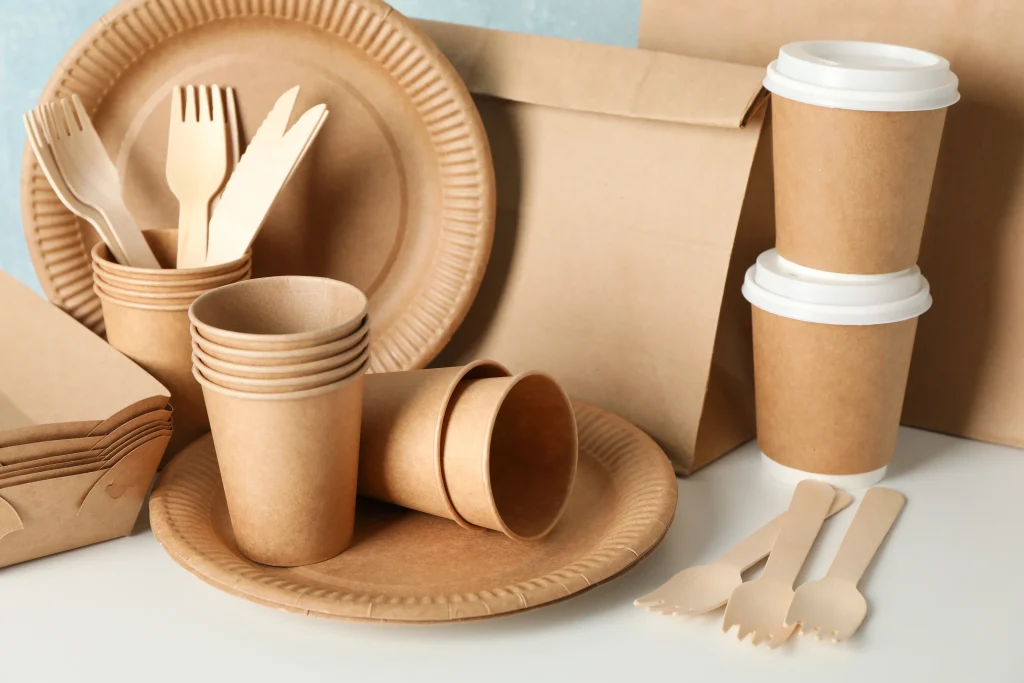
Paper made from bamboo is versatile and can be used for many purposes. Some common applications include:
Writing and Drawing:
Bamboo paper provides a smooth surface for writing and drawing, making it an excellent choice for artists and writers.
Printing and Publishing:
It’s used in the printing industry for books, magazines, and brochures. The quality of the paper ensures sharp and vibrant prints.
Packaging and Crafts:
The durability of bamboo paper makes it ideal for packaging materials and various craft projects.
Benefits of Bamboo Paper
Environment-Friendly:
Bamboo-made paper is an excellent choice for the environment. Its fast growth means less strain on forests, reducing deforestation. Additionally, bamboo requires fewer chemicals and water to grow, making it an eco-conscious choice.
Sustainability:
Bamboo is a highly sustainable resource. It can be harvested without killing the plant, as it regenerates from its roots. This means a continuous supply of bamboo for paper production.
Strength and Durability:
Bamboo paper is known for its strength and durability. It can withstand wear and tear, making it suitable for various applications.
Making Bamboo Paper
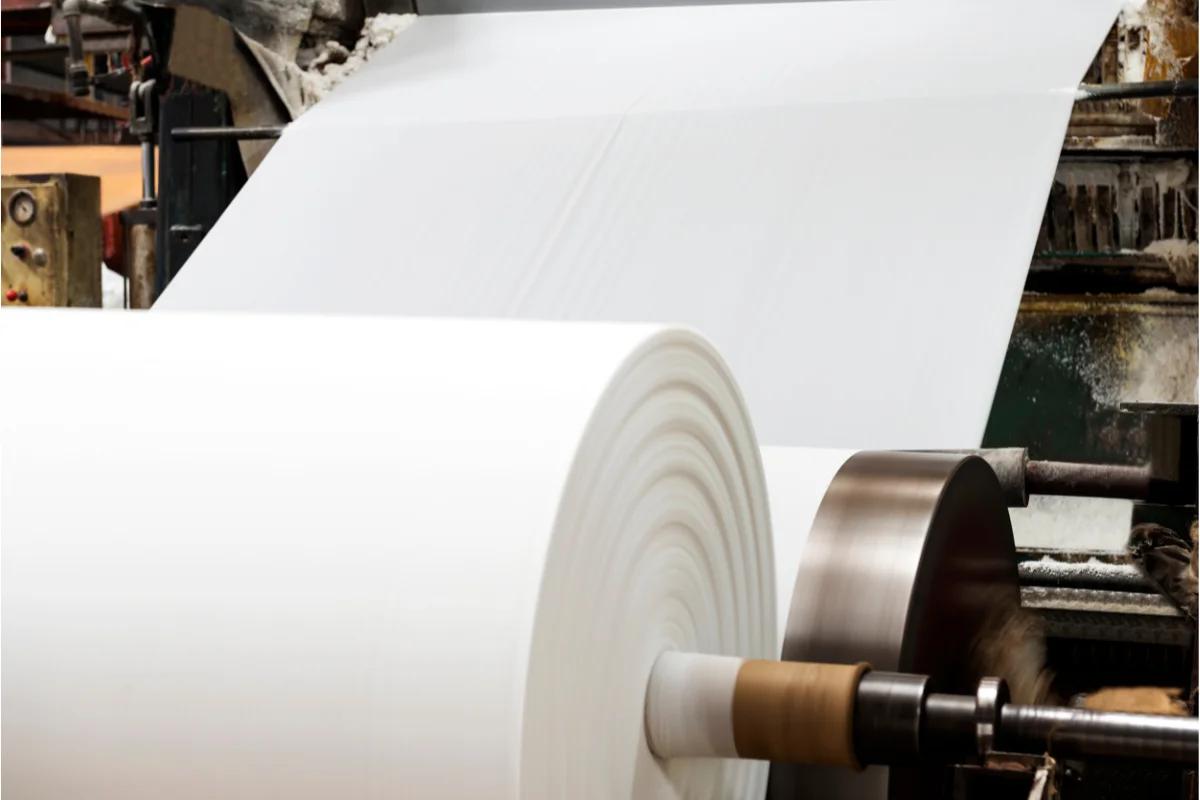
The manufacturing of paper from bamboo involves several stages, from harvesting the bamboo to the production of the final paper product. Here’s an overview of the typical steps involved:
Bamboo Harvesting:
Bamboo is harvested when it reaches maturity, usually between 3 to 5 years. It’s important to cut the bamboo at the right stage to ensure quality fibres.
Preparation:
Once harvested, the bamboo stalks are cleaned and cut into smaller pieces to ease the subsequent processing steps. The nodes and leaves are often removed during this stage.
Pulping:
The prepared bamboo pieces are then broken down into pulp. This can be achieved through mechanical or chemical pulping methods. Mechanical pulping involves crushing or grinding the bamboo into fibres, while chemical pulping uses chemicals to break down the bamboo into pulp.
Bleaching (Optional):
If a white or lighter-coloured paper is desired, the pulp may undergo a bleaching process to remove any remaining impurities and achieve the desired brightness.
Papermaking:
The bamboo pulp is mixed with water to create a slurry. This slurry is then poured onto a mesh screen or belt, allowing the water to drain away while the fibres form a thin layer of wet paper. This layer is then pressed and dried to form sheets of paper.
Finishing:
Once the paper is dried, it may undergo additional processes like calendaring to give it a smoother texture or surface treatment for specific applications.
Cutting and Packaging:
The large sheets of dried paper are cut into various sizes according to their intended use. They are then packaged and prepared for distribution.
It’s important to note that there might be variations in the manufacturing process based on the specific equipment and techniques used by different manufacturers. Some companies might employ more eco-friendly processes, such as using recycled water or implementing sustainable energy sources to reduce environmental impact during production.
Bamboo vs. Regular Paper
Quality Comparison:
Bamboo paper offers quality comparable to traditional paper. It is smooth, strong, and suitable for a wide range of applications.
Environmental Impact:
Compared to traditional wood pulp paper, bamboo paper has a significantly lower environmental impact. It’s a sustainable choice that contributes to forest preservation.
Conclusion
In a world where sustainability matters, this green paper stands out as an eco-friendly alternative to traditional paper. It offers numerous benefits, including environmental friendliness, strength, and versatility. As you make your paper choices, consider giving bamboo paper a try, and you’ll be contributing to a greener future.

